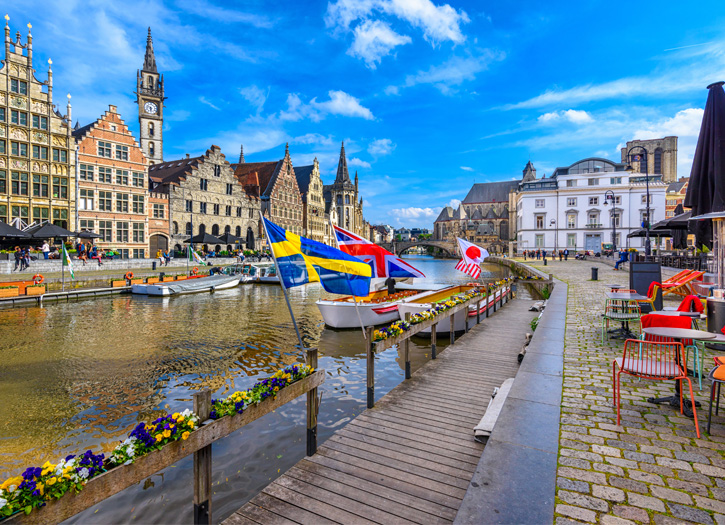The virus was confirmed to have spread to Belgium on 4 February 2020, when a Belgian national out of a group of nine Belgians repatriated from Wuhan to Brussels was reported to have tested positive for the coronavirus. Transmission within Belgium was then confirmed in early March; authorities linked this to holidaymakers returning from Northern Italy at the end of the half-term holidays. The epidemic increased rapidly in March–April 2020. By the end of March all 10 provinces of the country had registered cases.
As of 25 June, the Belgian authorities had reported 61,007 confirmed cases, with a total of 9,726 deaths and at least 17,688 discharged patients. The actual number of infections, however, is likely to be much higher than the number of diagnosed cases, as laboratory tests are limited to specific people and/or people with severe symptoms, and because many people with mild or no symptoms do not seek medical help, even as they are likely to be transmitting the virus. Belgium was among the world’s worst-affected countries in terms of the number of deaths per head of population (excluding microstates). On 1 June 2020, it was reported that there had been 819 deaths per one million head of population, compared to 442 in France, 580 in Spain, and seven in Japan.
On 17 March, the National Security Council decided to take additional measures, based on the spread of COVID-19 in Belgium and on recommendations of experts. Stricter social distancing measures were imposed from noon the following day until 5 April, with non-essential travel prohibited, non-essential shops to close, gatherings banned, with penalties for corporate and individual persons who failed to comply with the restrictions.On 20 March at 3 pm Belgium closed its borders to all non-essential travel.Earlier, the governor of West Flanders had complained about Dutch and French citizens coming to Belgium for tourism or shopping.
Just as many countries in the world,Belgium faced a shortage of personal protective equipment (PPE) such as respirators, surgical masks or face shields.Towards the end of January, Belgian newspapers highlighted the shortage of respirators and surgical masks and a retailer questioned whether Belgian would have enough masks if there were to be an outbreak of the virus, but the Federal Public Service Health claimed the Belgian hospitals had sufficient stock. On 8 March, Maggie De Block stated she had a solution for the shortage of masks but was unwilling to disclose the potential vendor and the number of masks involved.
In April, Belgium had very high mortality figures, the highest death rate from COVID-19 in the world at that time.Steven Van Gucht from Sciensano explained this was partly due to a difference in counting, compared to other countries. In Belgium, around 46% of the COVID-19 deaths occurred in hospital and 53% occurred in care homes; and while the deaths in hospital are all confirmed by a test, only 5% of the deaths in care homes are confirmed by a test, the other 95% being suspected cases. The Netherlands on the other hand, only counted confirmed cases. Belgian authorities however defend their strategy for being the most transparent and the most detailed method, even if it results in numbers that are “sometimes overestimated”.
On 25 March 2020, Belgium ranked 6th in the list of EU countries with the highest numbers of casualties, while on 1 April Belgium had the third highest death toll after Italy and Spain. As of 3 April the case fatality rate of the COVID-19 disease is in Belgium similar to the neighbouring countries The Netherlands and France but much higher than in Germany. However, not all countries count the deaths in the same way. Belgium counts deaths occurring both in hospitals and elsewhere, like in care homes. Deaths with clinical symptoms of the coronavirus disease are considered as “suspicious” and are included in the figures of COVID-19 deaths, even if they were not tested.Sciensano started to publish statistics per province starting 18 March.
In the period between 17 and 21 March it became clear that the province of Limburg was a hotspot for the coronavirus where the incidence grew much faster compared to the rest of the country.







Add Comment